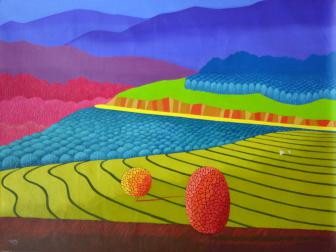Welcome to Colombian Poetry - May 2006

I believe that the best Colombian poetry of the second half of the twentieth century was not written after nadaísmo but alongside it, and, in fact, true nadaísmo bequeathed only one book and one name: Jaime Jaramillo Escobar and his beautiful and unforgettable Poemas de la ofensa.
At the end of the 1980s, Juan Manuel Roca published Disidencia de limbo, an anthology of nine new Colombian poets — Carlos Vásquez, Fernando Rendón, Javier Naranjo, Gabriel Jaime Franco, Eduardo Peláez, and Margarita Cardona among them. These poets, just as their immediate predecessors, did not constitute a movement as such but shared and still share a rejection of common rules, defend creative freedom, and recognize the value of the great poetic and philosophical movements of the twentieth century, among them surrealism and existentialism, and poets such as César Vallejo and Vicente Huidobro.
Perhaps Colombia has fewer poets today who are famous — as was the renowned poet Fernando Charry Lara — throughout the entire Spanish-speaking world (Roca and Quessep aside), and it is therefore difficult to appreciate the spectrum of Colombian poetry. Nevertheless, it is certainly no desert and there is no doubt that there are poets who will endure. We are certain that the voices we have chosen for PIW previously and the ones we choose now — Fernando Charry Lara, Rafael Patiño and Julián Malatesta — will confirm this assertion.
Sponsors













